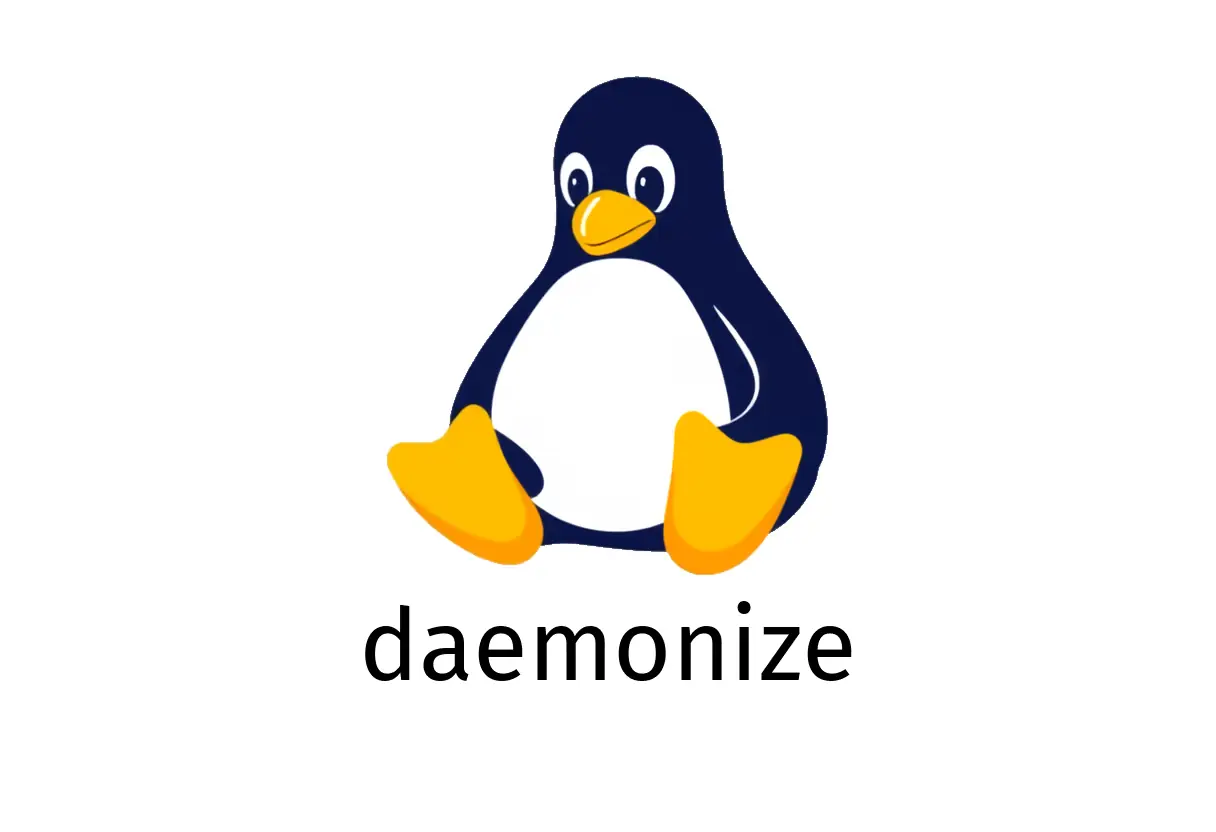
daemonize: Run a command as a Unix daemon
What is daemonize?
daemonize is a small utility that lets you run a command as a Unix daemon even if the command itself doesn’t daemonize. It’s handy for turning long-running tasks into background services without writing a full init/systemd unit.
Common pitfall: not understanding that the command itself must be able to detach from the terminal. daemonize handles the backgrounding, not the command’s own behavior.
Basic usage
The simplest way to run a command as a daemon is:
daemonize {{command}} {{command_arguments}}- Example: run a long script in the background
daemonize /usr/local/bin/backup.sh --fullWrite a PID file
If you want to keep track of the daemon process, write its PID to a file:
daemonize -p {{path/to/pidfile}} {{command}} {{command_arguments}}- Example:
daemonize -p /var/run/backup.pid /usr/local/bin/backup.sh --fullUse a lock file to prevent duplicates
Use a lock file so only one instance can run at a time:
daemonize -l {{path/to/lockfile}} {{command}} {{command_arguments}}- Example:
daemonize -l /var/lock/backup.lock /usr/local/bin/backup.sh --fullRun as a specific user
If you need the daemon to run under a specific account, use sudo with -u:
sudo daemonize -u {{user}} {{command}} {{command_arguments}}- Example:
sudo daemonize -u backup /usr/local/bin/backup.sh --fullPractical tips and pitfalls
- Ensure the command can run unattended. If it prints to stdout/stderr, redirect logs to a file within the command or via the shell.
- PID and lock files should be stored in appropriate system locations (e.g., /var/run or /tmp) with correct permissions.
- If you’re using a lockfile, make sure it’s released on exit. Check for stale locks if the daemon crashed.
- Running as root (via sudo) should be avoided unless necessary. Prefer a dedicated user with minimal privileges.
Quick checklist
- Command can run non-interactively
- PID file path is writable
- Lock file path is writable and unique per instance
- Optional: run as a non-root user
- Log output is captured or redirected
If you plan to manage the daemon with a supervisor like systemd later, you can still prototype with daemonize to verify behavior before writing the service unit.
See Also
- How to Use the fdisk Command for Effective Disk Management
- How to Use the cut Command in Linux?
- backlight_control: Practical Linux backlight tweaks
- How Can You Use the i7z Command to Optimize Intel CPU Performance?
- How to Use the echo Command in Linux?
- How to Use the dos2unix Command for File Conversion